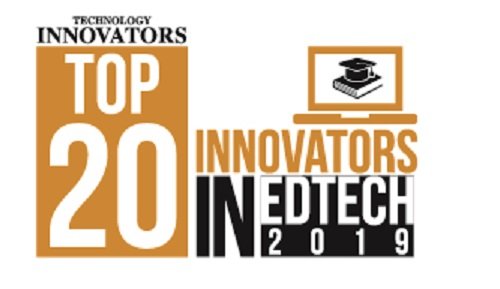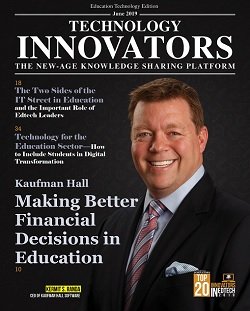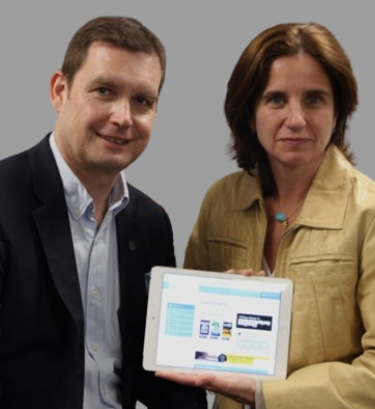Trending →
It is an era of active learning. Unlike the conventional method, active learning is what enhances engagement, personalization, and effective learning for all. However, with personalized learning, modern educators are now injecting innovative technologies to enhance quality of education, and inspire, engage, and motive students. Technologies like Artificial Intelligence, analytics, block chain, IoT, VR, etc. are on route to shaping the future of education. Evidently, higher education is also undergoing a modern renovation as more online courses, virtual study groups, and digital learning management systems are incorporated into instructional design. Students have different opportunities to learn through various e-learning tools that offer more opportunities for remote, self-paced practical learning. Students are moving seamlessly from a traditional to a global virtual classroom in all the levels. Thus, new age EdTech platforms have become more than a necessity now a days. In this new edition of Technology Innovators, we are presenting to you the Top 20 Innovators in EdTech 2019 to help you gain understanding and insight about the innovative EdTech solutions which play an integral role in driving active learning, while improving the student and/or learning experience. The companies were chosen and rated by our research team through a rigorous selection method, based on the set parameters. We hope this information will help you get opportunities for augmentation and automation in your education system, allowing educators and students to benefit from new technologies.

























